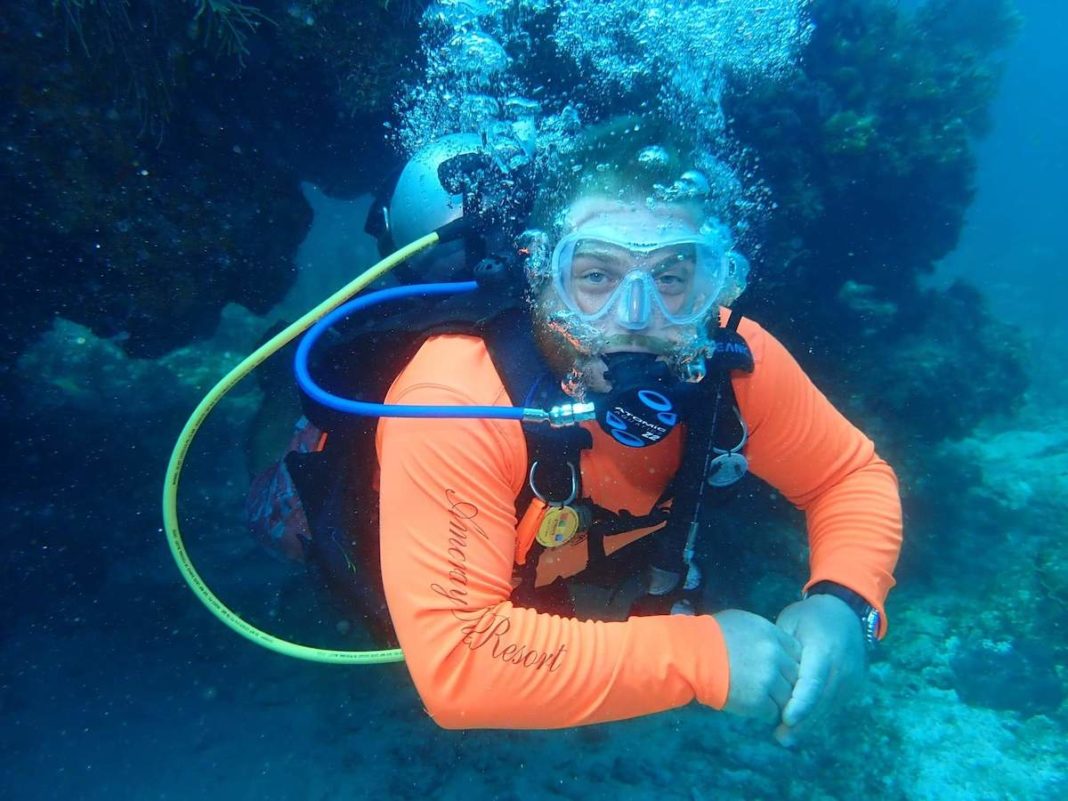If you have been living in the Keys for the last few years, you have seen the issues the reef is having. If you don’t believe that the reefs and seagrass need help, you have been living with a blindfold on. After reading as much of the NOAA blueprint I could, I have a few thoughts from a dive operator’s perspective.
I’m just going to go ahead and say it. I want the only commercial operators allowed in ALL protected zones to be Blue Star certified, not just the three areas they are proposing. Commercial boaters all need to be on the same page about educating their customers and promoting conservation of our reefs. If your business is on the water and uses a SPA zone then you depend on the reefs being vibrant and alive, the least you can do is educate your customers and promote the preservation of the reefs you are using. Blue Star certification is free, you can do it online, and the Blueprint discusses having certifications for individual boaters and non-diving operators, again, all for free. Carysfort, Sombrero, and Sand Key are all high traffic areas that need protecting. NOAA isn’t some bogey man intent on kicking locals out of the reefs, they just want to ensure that everyone who enjoys them will know how to protect them.
I don’t like that Key Largo will be made into a no anchor zone, but I think it’s necessary. Yes, it is frustrating that we can’t throw an anchor to fish or lobster or explore new places. Yes, if you anchor responsibly in sand it will not damage the reef. But let’s face the facts: most recreational boaters don’t know how to or care to anchor correctly. Just a few weeks ago there was a report about years of Elkhorn coral growth being destroyed by a dragging anchor on Pickles Reef. Who knows how much unreported reef tract is broken apart by anchors. Coral that people pay good money to come down and see year after year can be eliminated in seconds. I have repeat customers that will request the same reef over and over because of the coral quality. Those corals literally give me a paycheck. They are worth the hassle of having to use a mooring ball and not an anchor.
Additional Special Protection Zones and larger SPA zones will create more money from tourists snorkeling and diving. The fish that is caught and eaten has a onetime payout. The shark that people come down to photograph or swim next to will pay out multiple times over the course of its life and is worth protecting. There will still be plenty of areas to lobster and fish throughout the sanctuary, even with the expanded SPA zones. Additionally, the expanded zones will mean that more fish will grow and breed to be caught in fishing approved areas. SPA zones don’t just benefit themselves, but everywhere around them.
I hope that NOAA will get better funding and support for enforcement of whatever policy they choose. All the regulations in the world will not be enough if there are no boats out informing people and enforcing policies. Even now NOAA and the FWC are seriously underfunded and understaffed. Adding mooring buoys, making Key Largo a no anchor area, and expanding SPA zones and Blue Star certification will need much more monitoring and enforcement to ensure the reef becomes as beautiful as we all know it can be. I have hope for the future after reading what NOAA plans on doing with the Keys and am optimistic that things can get better for everyone who lives down here.
Captain Travis Ice

Captain Travis has been living in Key Largo for the past 9 years. He captains dive boats for a few operators and knows our sanctuary waters very well. He has been an active diver and conservationist since college.
The Florida Keys National Marine Sanctuary Advisory Council meeting will take place Tuesday, Dec. 10 at 1 p.m. at the Islander Resort, 82100 Overseas Hwy, Islamorada. Members will discuss NOAA’s proposed changes to the sanctuary’s boundaries, marine zones, regulations and management plan. Public oral and written comment on the Restoration Blueprint will be accepted at the meeting at 3:30 – 5 p.m. and 6 – 9 p.m. with speaker signup beginning at 3 p.m. and 5 p.m., respectively. Speakers will have a maximum of three minutes. Meetings are streamed live on YouTube.
The Restoration Blueprint is available at floridakeys.noaa.gov/blueprint. NOAA is taking public comment on the proposals through Jan. 31, 2020. Comments may be submitted online at www.regulations.gov (docket number NOAA-NOS-2019-0094).





















